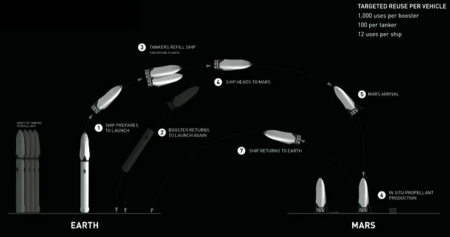Republican budget deal backed by more House Democrats than Republicans
Betrayal: The just passed budget deal worked out by the Republican establishment got more Democrats to vote for it than Republicans.
The continuing resolution spending deal that the Republican-controlled House of Representatives passed at 9:56 p.m. on Wednesday night, won more votes from Democratic members than from Republican members. 172 House Democrats and 170 Republicans voted for the spending deal, according to the roll call published by the Clerk of the House. 75 Republicans and 10 Democrats voted against it. 5 members did not vote.
More betrayal: The continuing resolution is set to expire on December 9, 2016, thereby allowing a lame duck Congress and President to negotiate a new budget, after the election, when they will be able to spend money any which way they want, for their crony friends.
What good is a Republican majority if its leadership is going to work hand-in-glove with the Democrats to pass Democratic Party proposals, while also working to make corrupt backroom deals that bust the budget? No wonder the outsiders cleaned the floor with the Republican establishment’s favorite son, Jeb Bush. No wonder Donald Trump became the Republican party’s presidential candidate.
Betrayal: The just passed budget deal worked out by the Republican establishment got more Democrats to vote for it than Republicans.
The continuing resolution spending deal that the Republican-controlled House of Representatives passed at 9:56 p.m. on Wednesday night, won more votes from Democratic members than from Republican members. 172 House Democrats and 170 Republicans voted for the spending deal, according to the roll call published by the Clerk of the House. 75 Republicans and 10 Democrats voted against it. 5 members did not vote.
More betrayal: The continuing resolution is set to expire on December 9, 2016, thereby allowing a lame duck Congress and President to negotiate a new budget, after the election, when they will be able to spend money any which way they want, for their crony friends.
What good is a Republican majority if its leadership is going to work hand-in-glove with the Democrats to pass Democratic Party proposals, while also working to make corrupt backroom deals that bust the budget? No wonder the outsiders cleaned the floor with the Republican establishment’s favorite son, Jeb Bush. No wonder Donald Trump became the Republican party’s presidential candidate.





